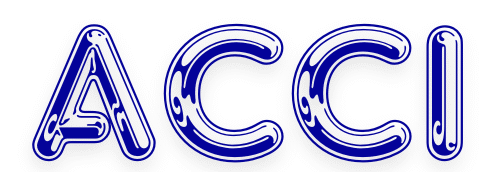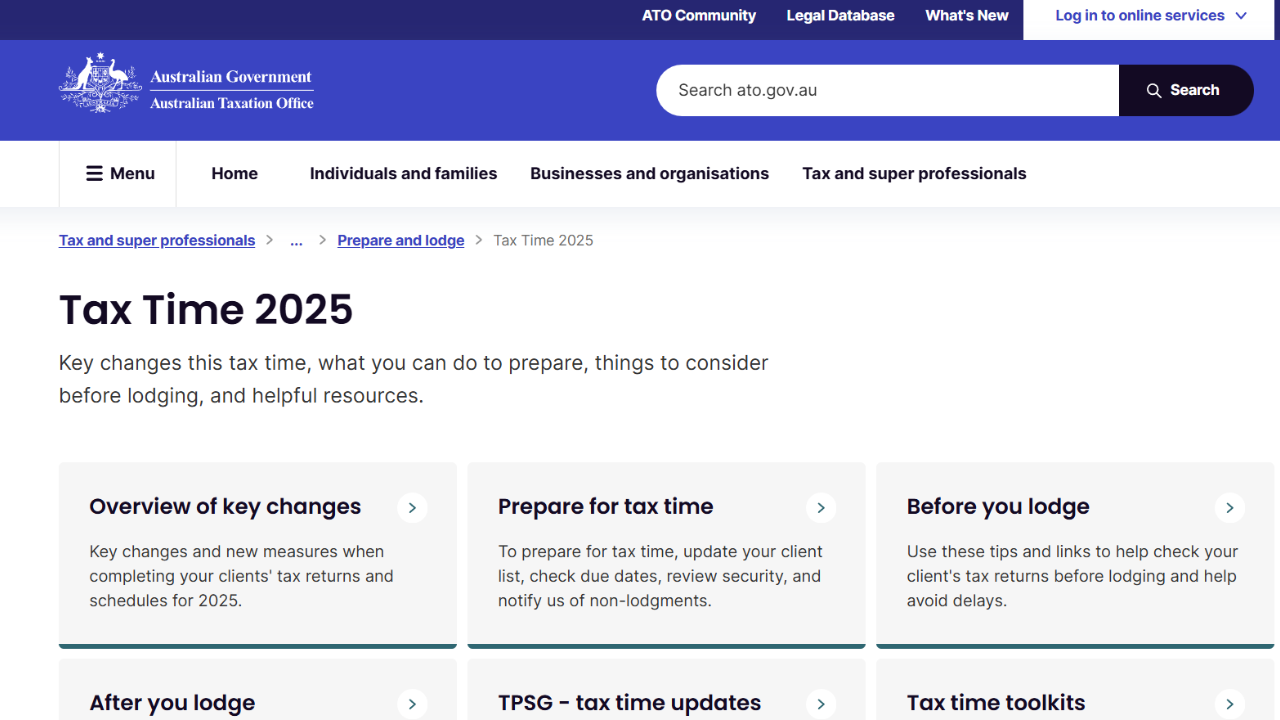The Australian Taxation Office will commence accepting tax returns from July 1, 2025, with over 10 million Australians looking forward to refunds averaging $1,519 per taxpayer. This pivoting injection of funds into household budgets comes at a time when cost of living pressures continue to affect consumer spending patterns and business operations across the country.
Household Spending Priorities Drive Economic Activity
Recent research indicates that 52 percent of Australian taxpayers plan on directing their tax refunds into savings accounts, while 19 percent will use these funds to pay household bills. This conservative approach to windfall spending reflects the current financial pressures facing Australian families, with many households operating on tight budgets throughout the year.
Official Report Index
The remaining refund recipients have shown varied spending intentions: seven percent plan on funding holidays, six percent will pay down mortgage debt, and five percent have the intention of making retail purchases. Additionally, four percent of recipients plan to reduce credit card debt, demonstrating the role tax refunds play in debt management strategies.
How Australians Plan to Use Tax Refunds
Financial Resilience and Economic Implications
The emphasis on savings reflects broader concerns about household financial security. Current data shows that 43 percent of Australians maintain less than $1,000 in their bank accounts, with the average balance for this group sitting at just $215. This low savings rate underscores why tax refunds serve as an important mechanism for emergency fund building.
Financial experts recommend maintaining emergency funds equivalent to three months of household expenses. For many Australian families, tax refunds provide the opportunity to establish or rebuild these essential financial buffers that have been depleted by rising costs of living and elevated interest rates.
Australian Household Savings Distribution
Business Preparation and Strategic Considerations
The Australian Chamber of Commerce and Industry encourages businesses to prepare for seasonal variations in consumer spending patterns during tax refund season. While the majority of refunds will be directed toward savings and essential expenses, businesses in hospitality, retail, and professional services may experience increased demand from the portion of consumers planning discretionary spending.
Businesses should consider cash flow management strategies that account for potential increases in customer activity during the July to September period. This includes ensuring adequate inventory levels, staffing adjustments, and payment processing capabilities to handle increased transaction volumes.
Employment-related businesses should also prepare for inquiries about tax obligations, as many employees will be gathering documentation for their returns. Providing clear, accurate employment summaries and maintaining up-to-date payroll records supports both employee satisfaction and compliance requirements.
Tax practitioners advise against lodging returns immediately on July 1, as incomplete information often leads to errors requiring amendments. Waiting until late July or August allows for complete pre-filled data from employers, financial institutions, and government agencies, reducing the likelihood of processing delays or incorrect calculations.
ACCI Guidance for Business Planning
ACCI recommends that businesses use this period to review their own tax obligations and ensure compliance with employment-related tax requirements. The increased focus on tax returns during this period creates opportunities for businesses to engage with customers about financial planning and professional services.
Businesses should also consider the broader economic implications of household spending patterns. The preference for savings over consumption indicates continued consumer caution, which may affect revenue projections and marketing strategies. Understanding these patterns helps businesses align their offerings with current consumer priorities and financial constraints.
Frequently Asked Questions
When can I lodge my tax return for 2025?
The ATO accepts tax returns from July 1, 2025. However, it is advisable to wait until late July or August to ensure all pre-filled information is available, reducing the risk of errors and amendments.
What is the average tax refund for 2025?
Research indicates that Australian taxpayers are expecting an average refund of $1,519 for the 2025 tax year, though individual refunds will vary based on personal circumstances and tax obligations.
How should businesses prepare for tax refund season?
Businesses should prepare employment summaries, review cash flow projections for potential increases in customer activity, and ensure compliance with tax obligations. Consider seasonal staffing and inventory adjustments based on expected consumer spending patterns.
Why do experts recommend waiting to lodge tax returns?
Early lodging often results in incomplete pre-filled information, leading to errors and required amendments. Waiting until late July allows employers, banks, and government agencies to upload complete information, ensuring accuracy and faster processing.
What economic impact do tax refunds have on businesses?
Tax refunds inject approximately $15.19 billion into the Australian economy based on current expectations. While most refunds go to savings and bills, businesses in hospitality, retail, and professional services may see increased demand from discretionary spending.

